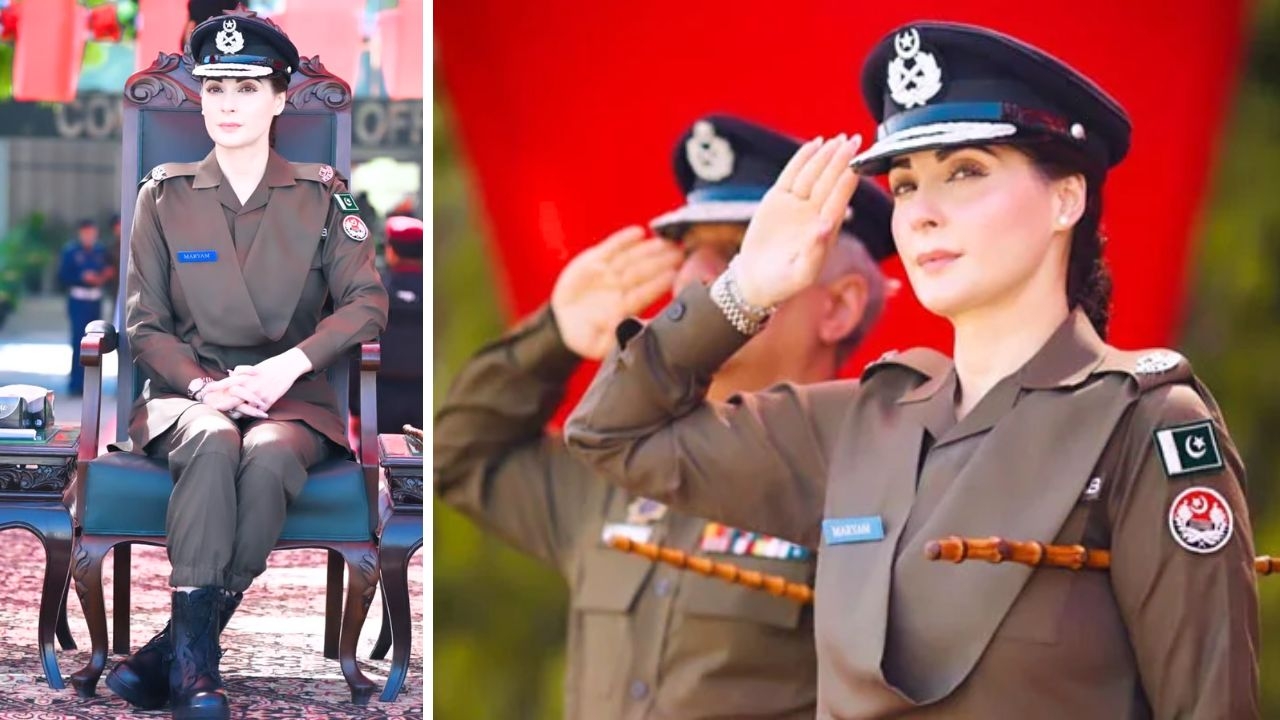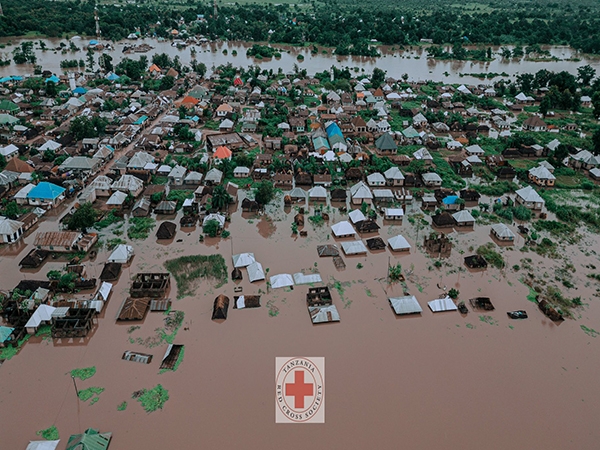
Chhattisgarh was formed in the year 2000, carved out of Madhya Pradesh, and since then, the election has been conducted here for 4 times and the 2018 will be the 5th Assembly polls for the state.
This time around, the Election Commission of India decided to conduct polls in two phases. First phase would cover the 18 constituencies, under which 12 of them are in the extremely sensitive Bastar region.
In the last Assembly election held in 2013, the Congress party had retained 12 seats out of the 18, going for polls in the first phase. The grand old party will be looking to retain its spot in the region, whereas BJP’s Raman Singh would be looking at a fourth shot at power in the state.
The BJP had won 11 out of 12 seats in the 18 constituencies in 2008 Assembly polls but lost four of them in 2013 Assembly Election.
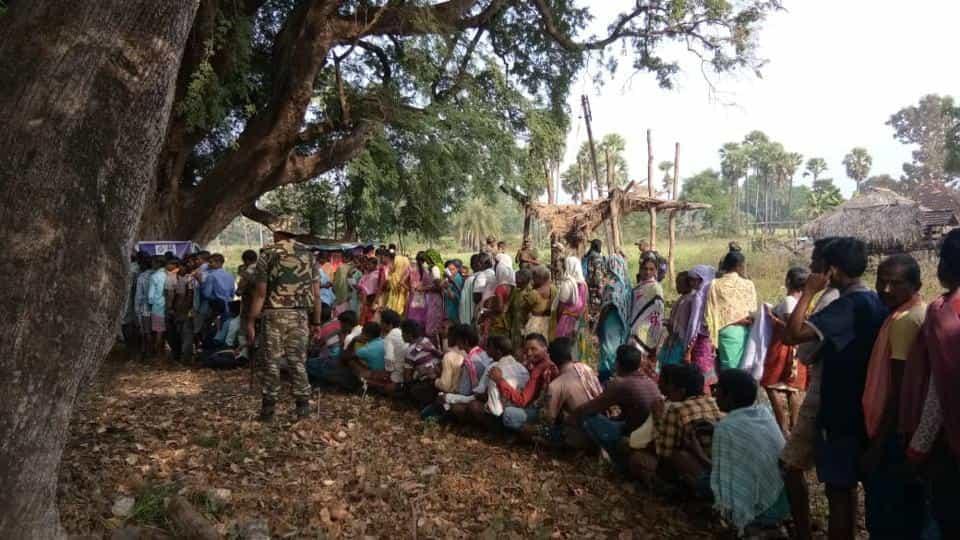
Chhattisgarh has 11 Lok Sabha seats and the result in the 14th Lok Sabha (2004), 15th Lok Sabha (2009) and 16th Lok Sabha (2014) has been the same, wherein the Bhartiya Janta Party secured 10 seats and Congress 1 seat in each election.
The first phase of the Assembly election 2018 includes 18 constituencies, wherein 8 districts are polling which includes, Kanker, Kondagaon, Sukma, Bijapur, Bastar, Dantewada, Narayanpur in Bastar division and Rajnandgaon.
There are 198 booths which are relocated and about 1 lakh security personnel have been deployed over the 18 constituencies, to look into the safety of the officers and voters.
The first assembly of the Chhattisgarh, formed in 2000, was constituted on the basis of the Madhya Pradesh state legislative assembly elections held in 1998, in which the Congress party had won 172 seats and the BJP 119 seats out of the 320 seats. The state was then divided into Chhattisgarh and 90 Assembly seats went to the newly formed state and the rest 230 remained with MP.
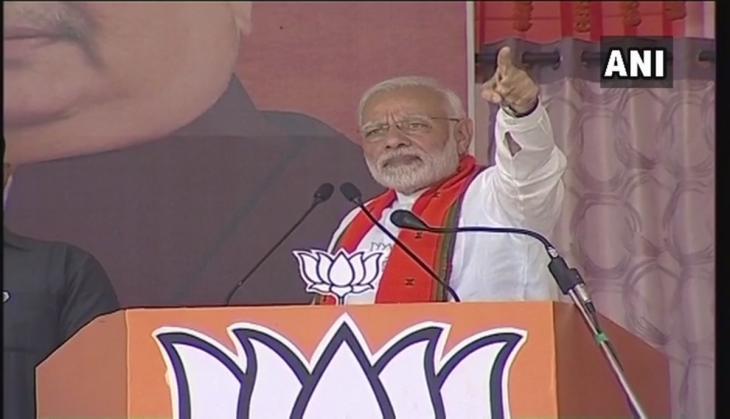
Thereafter the division, Congress leader Ajit Jogi was made the first chief minister of Chhattisgarh, with Congress bagging 48 seats and BJP contented with 38, Others received 4.
In the first assembly election held in the state in 2003, the Bhartiya Janta Party had turned the tables and the Maoists infested state overturned the ruling Congress with the BJP winning 50 seats and Congress was brought down to 37. Dr. Raman Singh, the architect of the BJP in the state was chosen to be the chief minister by then Prime Minister Late Atal Bihari Vajpayee.
As per the latest information, in today’s Assembly Election, the voting percentage has been 47.18% till 3pm in the first phase of Maoists infested region. In the 2013 Assembly polls, the first phase of the elections in the Naxal-affected areas of Bastar, where the 18 constituencies went to poll was 75.53% and the second phase, which includes other 72 seats, saw 74.7% polling.
The state had seen a voter turnout of 71.09% in the 2008 Assembly Election, and the record voter turnout was in 2013. Every Assembly election, held since 2003, has been single handedly won by the ruling BJP and Raman Singh completed his hat-trick in 2013.
In 2008 Assembly election, the BJP had won 50 seats and the Congress 38. A new player came into existence with a considerable voter share of 6.11% and it was Bahujan Samaj Party, led by Mayawati, which won 2 seats in the state.
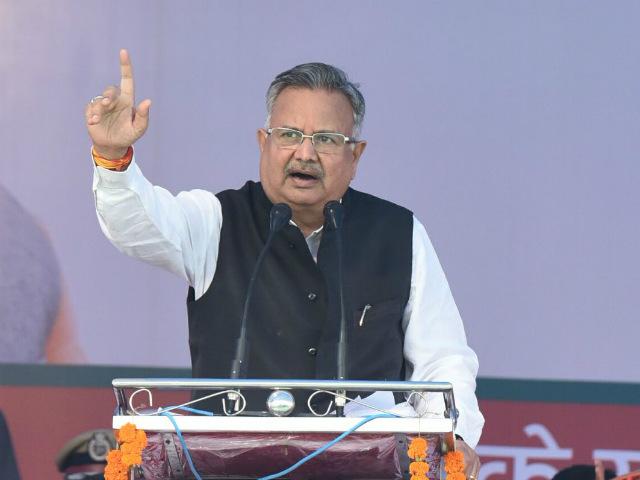
Former CM and Congress leader Ajit Jogi, who was once the backbone of the grand-old party, was expelled along with his son Amit Jogi from the party due to anti-party activities and sabotaging the bypoll in Antagarh. Thereafter, the father-son duo formed their own outfit named Chhattisgarh Janta Congress (CJC) in 2016 and challenged the incumbent CM Rman Singh.
In the 2018 Assembly election, Ajit Jogi, formed an alliance with Mayawati’s BSP to oust the BJP from the state. Jogi had said that he will be the CM candidate and Mayawati will be the PM candidate for the upcoming polls in the state and general election.
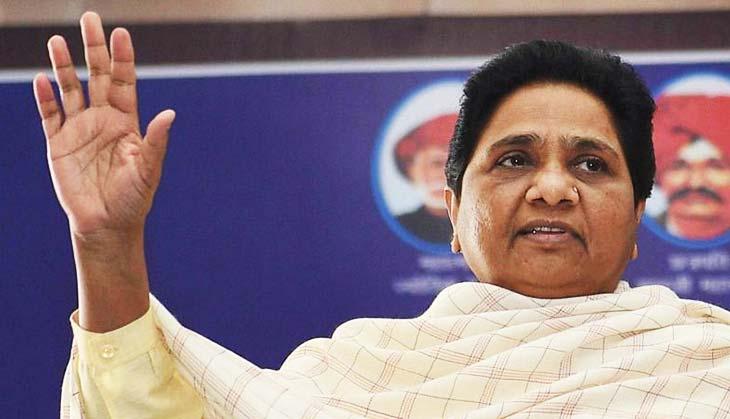
The BSP has been targeting the Dalit vote-bank, where Chhattisgarh has one of the highest shares of the Scheduled Tribe, accounting for almost 10% of ST’s across India. The population of the Scheduled Castes has increased from 11.6% in 2001 to 12.8% in 2011, as per the Census.
The vote bank politics and the polarization among the parties has left the Chhattisgarh in a condescending state, and the biggest issue of Naxals is yet to be resolved. Development or resentment, Chhattisgarh election might swing towards caste politics.
First published: 12 November 2018, 18:03 IST56.58% voter turnout recorded till 4.30 pm in the first phase of #ChhattisgarhAssemblyElections2018 including 61.47% in Kondagaon; 63.51% in Keshkal; 62% in Kanker; 58% in Bastar; 49% in Dantewada; 60.5% in Khairagarh; 64% in Dongargarh; 65.5% in Khujji. pic.twitter.com/NFm2aIAEcR
— ANI (@ANI) November 12, 2018



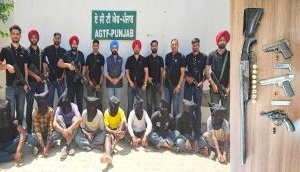


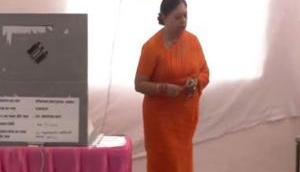
![BJP's Kapil Mishra recreates Shankar Mahadevan’s ‘Breathless’ song to highlight Delhi pollution [WATCH] BJP's Kapil Mishra recreates Shankar Mahadevan’s ‘Breathless’ song to highlight Delhi pollution [WATCH]](http://images.catchnews.com/upload/2022/11/03/kapil-mishra_240884_300x172.png)

![Anupam Kher shares pictures of his toned body on 67th birthday [MUST SEE] Anupam Kher shares pictures of his toned body on 67th birthday [MUST SEE]](http://images.catchnews.com/upload/2022/03/07/Anupam_kher_231145_300x172.jpg)





